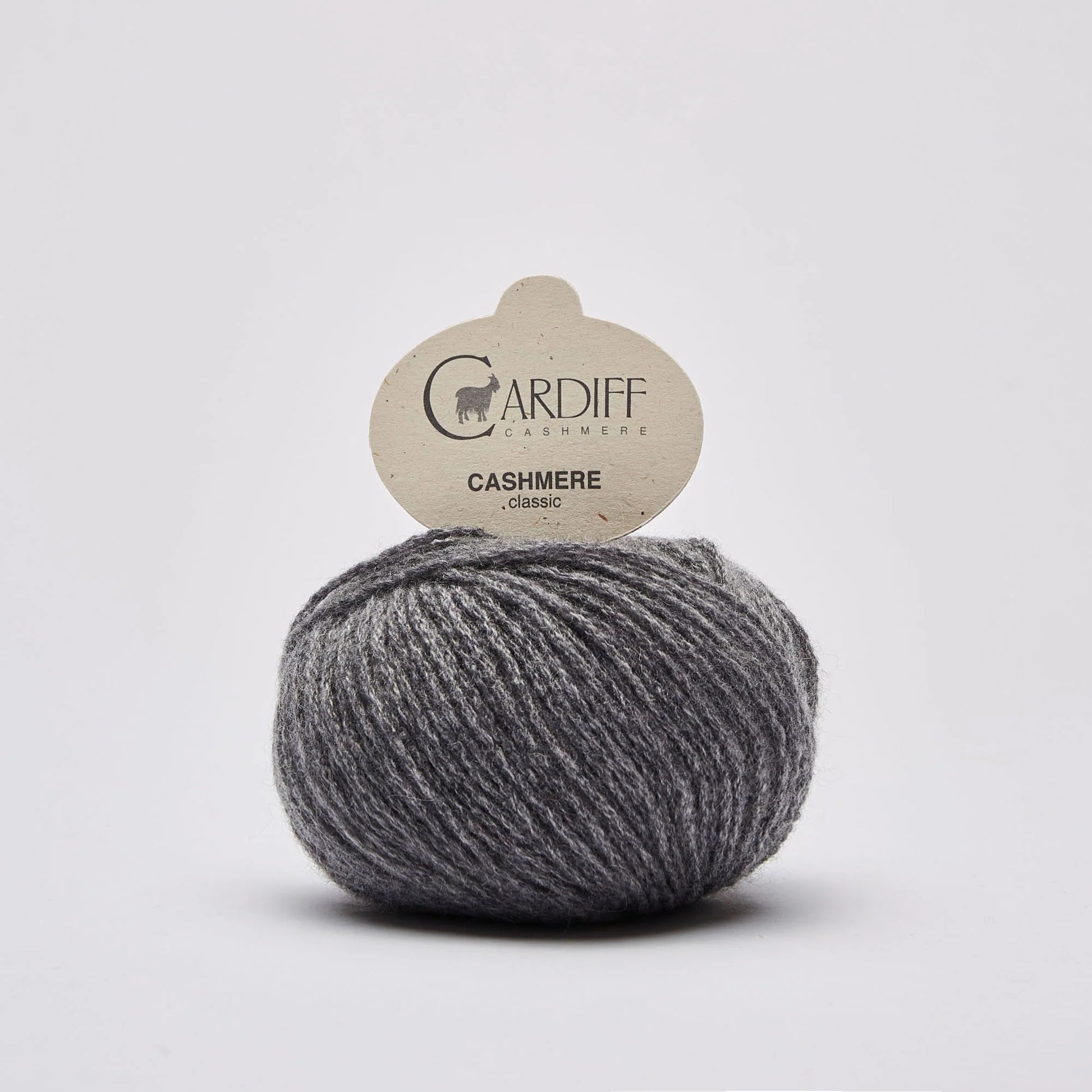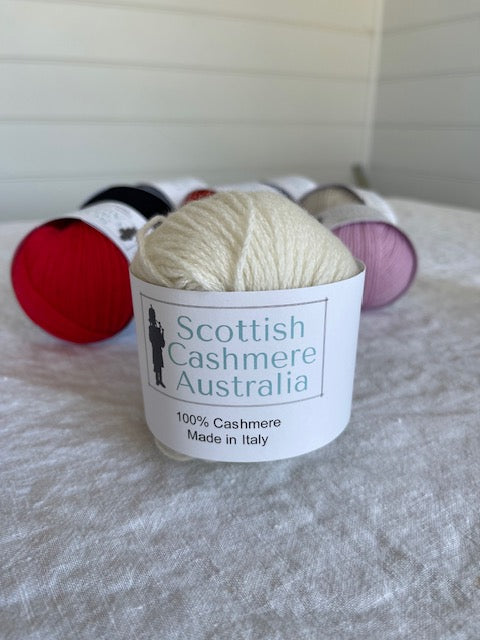What Material Is Cashmere? Understanding Its Unique Characteristics and Uses
What Material Is Cashmere? Understanding Its Unique Characteristics and Uses
Blog Article
Discovering the Numerous Kinds Of Cashmere an All-natural Fiber for Ultimate Luxury
Cashmere, an all-natural fiber, is typically related to luxury and comfort. Nonetheless, not all cashmere is created equal. From the richly soft Mongolian variety to the light-weight heat of Indian Pashmina, each type presents its very own special functions and appeal. The more economical Chinese cashmere, the traditional Scottish version, and the premium Italian mix, all inform a different story of this amazing fiber. As we decipher the globe of cashmere, a much deeper understanding of its true worth and sophistication starts to emerge.
Recognizing the Elegant Nature of Cashmere
Cashmere, usually connected with deluxe and convenience, holds an one-of-a-kind attraction in the world of all-natural fibers. Unlike other natural fibers, cashmere combines insulation with breathability, supplying exceptional comfort across differing temperatures. Its lustrous finish and soft structure add to its high-end charm, warranting the costs price that frequently comes with cashmere garments.
Simply What Is Cashmere and Where Does It Come From?

Cashmere is derived from the soft undercoat of cashmere goats, mainly discovered in Mongolia, China, Iran, and Afghanistan. This meticulous procedure contributes to the scarcity and high price of cashmere. With its origin in the severe landscapes of Asia, cashmere is a testimony to nature's capacity to produce high-end from misfortune.
Deciphering the Various Kinds Of Cashmere
Understanding the different sorts of cashmere is vital to appreciating the top quality and unique qualities of this extravagant fabric. Typically, cashmere is classified right into three kinds: raw, virgin, and reused. Raw cashmere is straight gotten from the goat and is unprocessed. This kind often has contaminations such as dirt and rugged hair. Virgin cashmere, on the other hand, is the pure, unrecycled material that is rotated into thread for the initial time. It is the softest and most luxurious. Recycled cashmere is made from virgin material that has been formerly utilized. It is re-spun and made use of in producing lower-cost cashmere items. Deciphering these kinds is the initial step in comprehending the exclusivity and worth of cashmere.

The One-of-a-kind Characteristics of Each Kind of Cashmere
Having actually explored the various groups of cashmere, it comes to be obvious that each type boasts its one-of-a-kind set of characteristics. Mongolian cashmere, for example, is renowned for its superior top quality, as Home Page a result of Mongolia's severe wintertimes that produce longer and finer fibers. On the other hand, Chinese cashmere is often a lot more budget-friendly, though its shorter fibers can decrease toughness. Scottish cashmere is commemorated for its charming gentleness, an outcome of the conventional water washing process using Scotland's soft water. Italian cashmere, at the same time, is famous for its skillful blending and coloring techniques, rendering it versatile and vibrant. Indian cashmere, additionally recognized as Pashmina, is cherished for its amazing lightness and warmth. Each kind, therefore, contributes to the material's reputation for high-end.
Why Cashmere Is the Epitome of High-end in vogue
Cashmere holds an esteemed position in the world of style, related to as a sign of luxury and sophistication (is cashmere a natural fiber). Cashmere is obtained from the great undercoat of Himalayan goats, recognized for their superior high quality fiber. Cashmere's exceptional comfort and durability make it a desired material in the creation of premium garments.
The Process of Making Cashmere: From Goat to Garment
The trip of cashmere, from being an undercoat of a Himalayan goat to a glamorous garment, is an intricate one. With the introduction of springtime, farmers in Mongolia and China gather the wool by combing the i loved this goats, ensuring no injury is done. The acquired wool contains coarse outer hair and soft downy undercoat. This mix is then fastidiously separated, with only the soft down used for cashmere. This raw cashmere is cleaned, dyed and rotated right into thread. The thread is then woven or knitted right into textiles. The final step involves cleaning and pushing to offer the fabric its characteristic softness and warmth. From goat to garment, each step is a testament to the virtuosity, persistence and ability involved in crafting cashmere.

Conclusion
Finally, cashmere, with its natural beauty and unrivaled convenience, preponderates worldwide of high-end fashion. The variety in types, varying from the soft Mongolian, lightweight this contact form Indian Pashmina, budget friendly Chinese, typical Scottish, to the colorful Italian, exposes the convenience of this all-natural fiber. The meticulous process of transforming it from a goat to a garment even more includes to its exclusivity, making cashmere the epitome of refinement and deluxe.
Cashmere, a natural fiber, is frequently associated with deluxe and comfort (is cashmere a natural fiber).Cashmere, usually connected with deluxe and convenience, holds a special attraction in the world of all-natural fibers. Unlike various other all-natural fibers, cashmere combines insulation with breathability, supplying exceptional comfort across varying temperature levels. Cashmere is obtained from the soft undercoat of cashmere goats, largely found in Mongolia, China, Iran, and Afghanistan. Cashmere is derived from the great undercoat of Himalayan goats, understood for their superior top quality fiber
Report this page